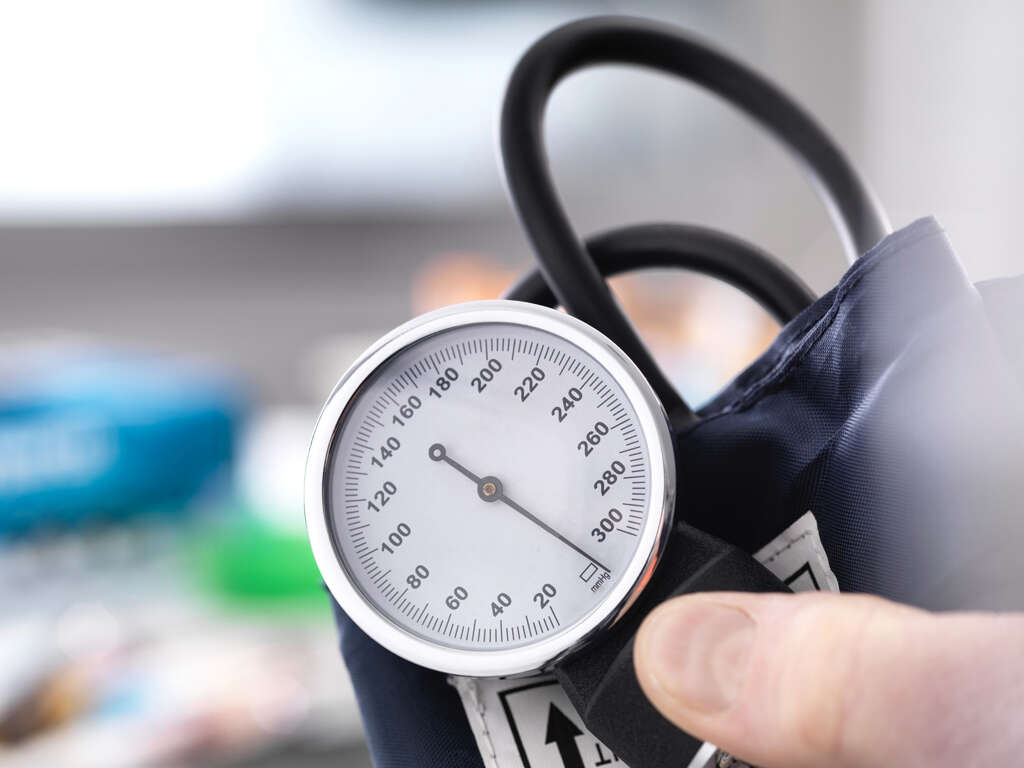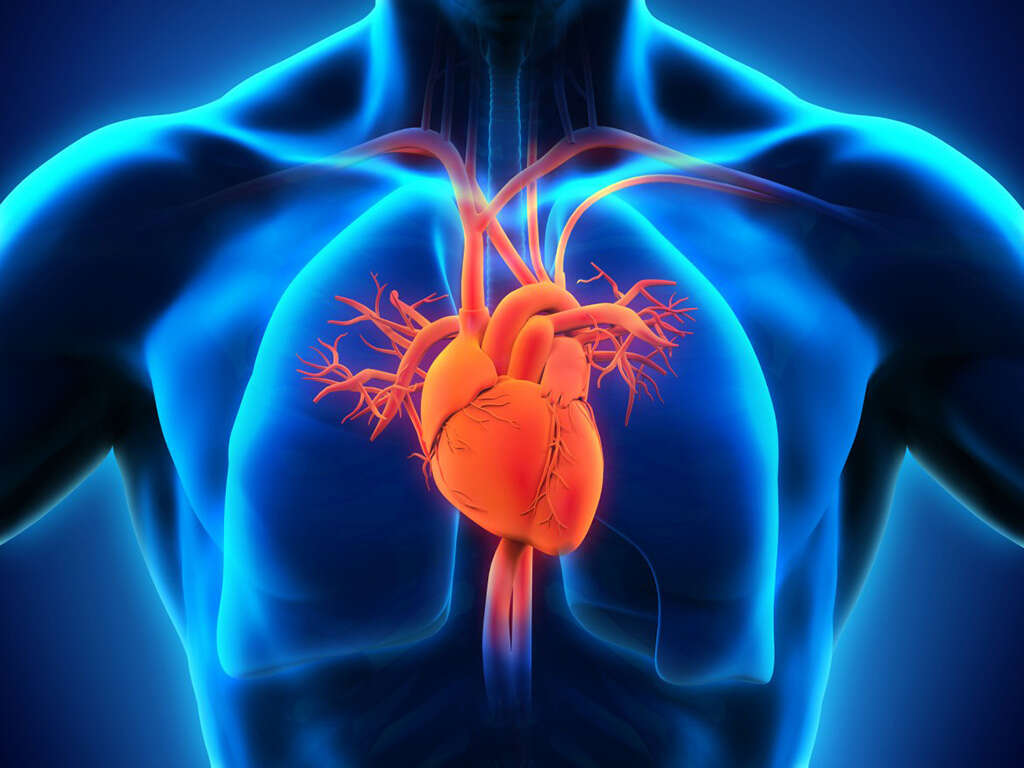10 Pericarditis Symptoms
Pericarditis is a condition where the fibrous sac that surrounds the heart (pericardium) becomes inflamed. It can be infectious or non-infectious. Other potential causes are cancer, a sequel of heart attack, trauma to the chest area, and autoimmune disorders. The diagnosis of pericarditis can often be made based on the symptoms, electrocardiogram changes, and the presence of fluid around the heart.
The symptoms may improve after several days to weeks. However, in some cases, it may take months. Pericarditis is a condition that can lead to complications such as constrictive pericarditis, myocarditis, and cardiac tamponade. It is estimated to affect about 3 per 10,000 individuals annually. It is mostly seen among males between 20 to 50 years old. As many as 30% of patients have more than one episode of pericarditis.
1. Chest Pain
In pericarditis, the chest pain is often felt on the left side in the area where the heart is located. The pain can be described as a sharp pain, especially when breathing. It may radiate to the lowest portion of the scapula on the back. This pain worsens when lying down or breathing (inspiration) and is relieved with sitting up or bending forward. This pain is often sudden and can last for hours to days before the patient decides to seek medical attention. Due to its similarity to a heart attack, it can be misdiagnosed. However, the characteristic of the pain in a heart attack differs as the pain is a crushing and heavy pain that may radiate to the left arm or jaw. One crucial difference is that physical exertion increases the pain in a heart attack (but not in pericarditis). The pain in a heart attack does not change with different positions (unlike pericarditis).
2. Fever
Fever, or pyrexia, occurs due to a febrile response. It can be defined as having a higher set point in temperature resulting in a higher than normal body temperature. This increase in temperature causes a feeling of coldness (chills), which causes the muscles in the body to start contracting (rigors) in order to generate more heat. This response results in more heat being produced and conserved.
Once the set temperature becomes normal, the patient will start feeling hot and begin to sweat. Fevers in young children may cause a febrile seizure. It is a nonspecific symptom that is commonly seen in various infections (viral, bacterial, parasitic). Noninfectious causes include side effects of medication, cancer, deep vein thrombosis, and more. In pericarditis, the fever is often low-grade and intermittent.

3. Dyspnea
Dyspnea, or shortness of breath, describes a feeling when one is unable to breathe well enough. It can be defined as a discomfort where increased effort is required to breathe. Dyspnea is normal when there is heavy exertion but becomes pathological if it happens with light exertion. A patient with dyspnea may also experience air hunger (a feeling of inadequate oxygen) and chest tightness.
The severity of dyspnea can be evaluated based on the intensity of symptoms, degree of distress, and the impact it has on routine activities. In constrictive pericarditis, dyspnea is one of the commonest symptoms and can be seen in almost all patients. Other common causes of dyspnea include pneumonia, asthma, congestive heart failure, and chronic obstructive pulmonary disease.
4. Cough
A cough occurs as a protective reflex that functions to clear the airways from irritants, microbes, foreign particles, and fluids. It is often repetitive and sudden. Divided into three phases (inhalation, forced exhalation, and release of air), a cough is generally accompanied by a distinctive sound.
When coughing is frequent, it may indicate disease. Through evolution, many bacteria and viruses benefit from coughing as this mechanism helps to spread the disease to other hosts. In viral pericarditis, a hacking cough may be observed. This cough varies with different positions. When the patient leans forward or sits up, the cough improves. A cough is also a common symptom seen among those with acute pericarditis.

5. Dysphagia
Dysphagia is a term that refers to difficulty in swallowing. Although it is a symptom for various disorders, it can also be classified as a condition. Many individuals with dysphagia are often unaware of it. Dysphagia suggests difficulty in the passage of solids (and sometimes liquids) from the mouth to the stomach.
Patients with dysphagia have a higher risk of pulmonary aspiration and aspiration pneumonia due to food and liquids going into the lungs. In dysphagia, family members or caretakers may notice that the patient has inability controlling food or saliva in the mouth, has frequent pneumonia, choking, coughing, or has a gurgly wet voice after swallowing. Dysphagia is a common symptom among patients with acute pericarditis.
6. Tachypnea
Tachypnea can be defined as abnormally rapid breathing. The normal respiratory rate in adult humans ranges from 12 to 20 breaths per minute. Tachypnea occurs when the breathing rate is above 20 breaths per minute. This rate does not apply to children as they have higher breathing rates, which gradually declines until 18 years old.
Tachypnea can occur in various conditions such as sepsis, carbon monoxide poisoning, metabolic acidosis, pneumonia, asthma, pulmonary embolism, chronic obstructive pulmonary disease, foreign body aspiration, congestive heart failure, anxiety, and more. Tachypnea is one of the more common symptoms seen among those with acute pericarditis.

7. Abdominal Pain
The abdomen can be divided into 9 regions: right hypochondriac, epigastric, left hypochondriac, left lumbar, umbilical, right lumbar, right iliac, hypogastric, and left iliac region. Abdominal pain can be due to non-serious and serious conditions such as gastroenteritis, irritable bowel syndrome, appendicitis, diverticulitis, and more.
The underlying cause of abdominal pain can often be suspected based on the location of pain. In pericarditis, abdominal pain is most often seen among children. In severe cases of chronic pericarditis, there can also be abdominal swelling.
8. Tachycardia
Tachycardia, or tachyarrhythmia, refers to an abnormally high heart rate. Generally, it is accepted to be more than 100 beats per minute. This rate only applies to those above the age of 15. Those younger have a higher heart rate. Tachycardia can be physiological (such as occurring after exercise) and pathological (such as in cardiovascular diseases).
Tachycardia is a nonspecific symptom and can be seen in many disorders such as hypoglycemia, hyperthyroidism, infection, pain, side effects of medications, and more. In pericarditis, tachycardia may occur especially when there is pain and fever. It is even more prominent in more severe cases such as those with bacterial pericarditis.

9. Lightheadedness and Dizziness
Lightheadedness refers to an unpleasant sensation where one feels they are about to faint. Dizziness can result in an impairment in stability. One of the complications of pericarditis is cardiac tamponade that can result in low blood pressure (hypotension). This leads to lightheadedness and dizziness. Cardiac tamponade among pericarditis patients is generally seen in infants, but can also be seen among older children.
The fluid accumulation in the pericardium can restrict the pumping of the heart. This causes the heart to become inefficient and unable to pump out as much blood (reduces cardiac output) resulting in low blood pressure. To compensate, the heart pumps faster (tachycardia) to try to supply adequate oxygen to the rest of the body.
10. Fatigue and Orthopnea
Fatigue is a sudden or gradual feeling of tiredness. If it is severe, progressive, prolonged, or occurs without reason, it indicates underlying illness. Orthopnea occurs when there is shortness of breath (dyspnea) when the individual is lying flat, resulting in the person having to sleep sitting in a chair or propped up with pillows in bed.
This is generally characteristic of heart failure, abdominal obesity, or pulmonary disease. In constrictive pericarditis, the symptoms are often similar to those of right-side congestive heart failure (CHF). In constrictive pericarditis, fatigue and orthopnea are common. Like CHF, other associated symptoms often seen are lower limb edema and abdominal swelling. Other symptoms include nausea, vomiting, and dyspnea.









